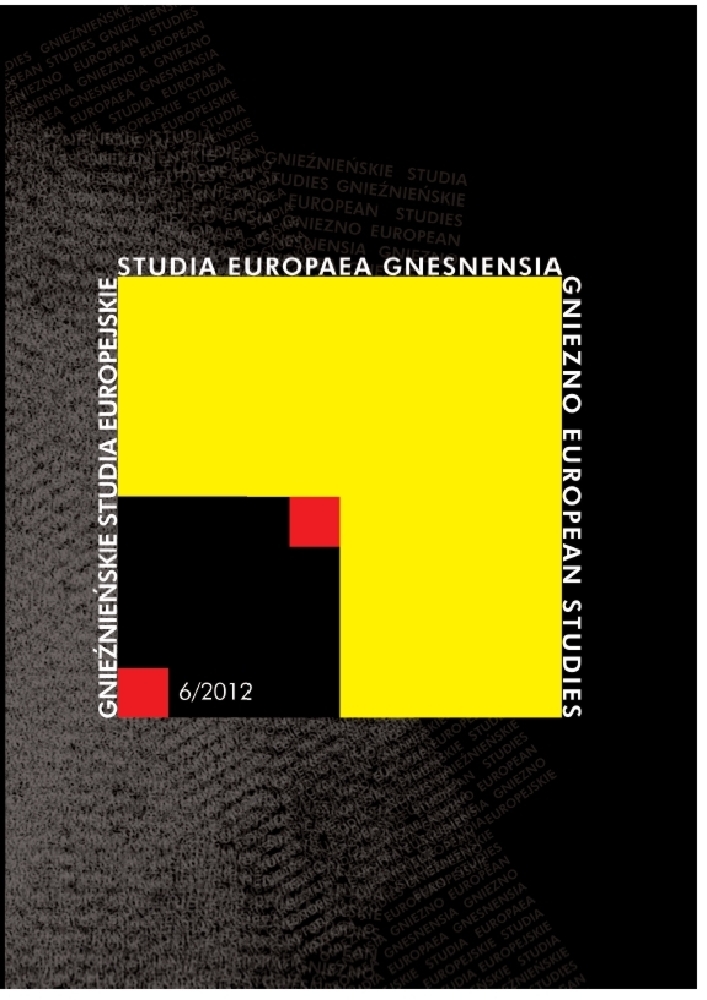Résumé
The aim of the article is to present a new phenomenon in medieval culture, namely the appearance of versions of ancient narratives, delivered in old French, in the circles of anglo-norman culture. Their appearance is a response to the need to elevate the prestige of monarchy and introducing new, lay knightly elites into the circles of the higher culture.
Références
Abramowicz M., „Dire vrai” dans les narrations médiévales, Lublin 2007.
Baumgartner E., Le récit médiéval, Paris 1995, s. 19–25.
Bodel J., La Chanson des Saxons, wyd. J. Techener, Paris 1839, w. 6–12.
Dubost F., Aspects fantastiques de la littérature narrative médiévale (XIIe–XIIIe siecles). L’Autre, l’Ailleurs, l’Autrefois, 1, Paris 1991.
Huizinga J., Jesień średniowiecza, Warszawa 1992, s. 95.
Zumthor P., La lettre et la voix. De la „littérature” médiévale, Paris 1987.
Licence
Copyright © 2012 by IKE and PTPN
